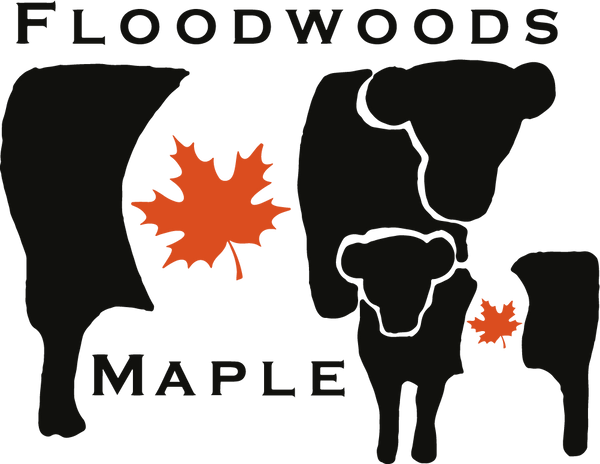Maple syrup production has a rich history rooted in North American Indigenous cultures and has since become a beloved tradition with cultural significance. Here is an overview of its history:
Indigenous Origins: Indigenous peoples of North America, particularly those in the northeastern woodlands, have a long history of tapping maple trees for their sap. The practice of collecting sap and turning it into syrup predates European contact. It was essential to Indigenous diets and cultures.
Indigenous Techniques: Indigenous communities developed various techniques for sap collection. They used tools like birch bark containers and heated stones to evaporate the sap. The process was labor-intensive but yielded a valuable food source that helped sustain communities during the winter months.
Early European Settlers: European settlers learned about maple syrup production from Indigenous peoples. They adopted these techniques and began tapping maple trees themselves. Early European colonists often used large iron kettles to boil sap down into syrup, a process that required considerable time and effort.
The Expansion of Maple Syrup Production: As European settlement expanded across North America, so did the production of maple syrup. Techniques improved, and iron kettles gave way to more efficient evaporators, allowing for larger-scale production.
The Role of Sugar Houses: By the 19th century, sugar houses became common in maple syrup production. These structures were built specifically for processing sap into syrup and sugar. Sugar houses allowed for better control of the evaporation process and improved the quality of maple syrup.
The Growth of the Maple Syrup Industry: Over time, maple syrup production evolved into a thriving industry, particularly in the northeastern United States and eastern Canada. Various regions became known for their distinct maple syrup flavors, influenced by factors like tree species, climate, and soil conditions.
Cultural Significance: Maple syrup and maple products have significant cultural and culinary importance in North America. Maple sugaring season is often celebrated with festivals and events. Maple syrup is used in traditional dishes, such as pancakes, waffles, and desserts. It is also a key ingredient in Indigenous cuisine.
Modern Maple Syrup Production: Today, the production of maple syrup combines tradition with modern technology. Vacuum tubing systems, reverse osmosis, and efficient evaporators have increased efficiency. The industry continues to grow, with the United States and Canada being the primary producers of maple syrup globally.
Conservation and Sustainability: Many maple syrup producers prioritize sustainable and eco-friendly practices to protect maple forests and maintain the integrity of the syrup. Some producers engage in forest conservation and sustainable tapping techniques to ensure the health of maple trees for future generations.
Maple syrup production, with its Indigenous origins and cultural significance, reflects the enduring connection between people, nature, and tradition in North America. It continues to be a cherished part of the region's heritage, offering a sweet taste of history and a delicious addition to culinary traditions.

